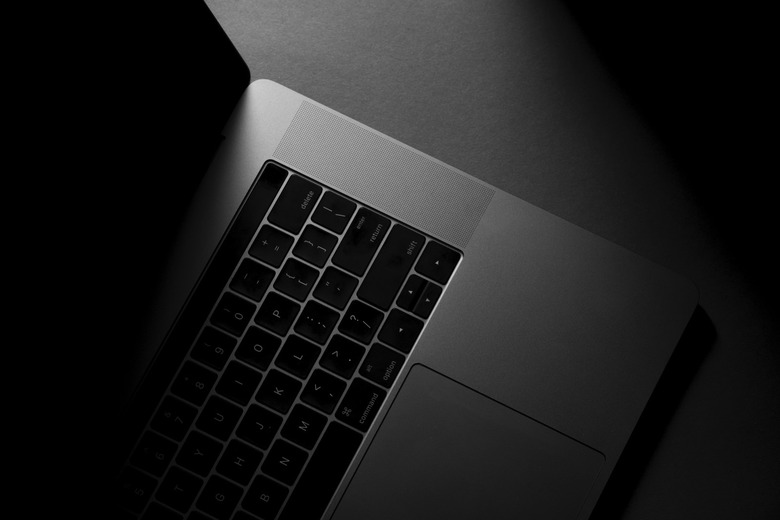Massive MacBook Pro OLED Display Upgrade From Apple Expected In 2022
The MacBook Pro is getting a big display upgrade this year, according to various rumors. The upgrade concerns both the screen size and the quality of the display. Apple will launch a 14-inch MacBook Pro alongside a 16-inch model. Both will feature the same mini-LED technology first seen on the 12.9-inch iPad Pro model. But Apple will continue improving the MacBook Pro and iPad display experience. As soon as 2022, Apple might launch the first laptops with OLED screens. Samsung is reportedly creating new technology to manufacture OLED screens bigger than 10 inches, eying Apple's orders for new MacBooks and iPads.
What’s better for MacBook Pro: OLED or mini-LED?
It might sound surprising for Apple to launch MacBooks and iPads with mini-LED screens in 2021, and then release laptops and tablets with OLED panels just a year or two later.
But Apple isn't placing all its eggs in one basket. The company might combine LCD, mini-LED, and OLED panels inside various MacBook Pro and iPad models. The screen quality could help Apple differentiate its devices. Also, there might be a matter of supply to consider. Apple is struggling with mini-LED display production for the time being. Having OLED alternatives might come in handy.
Both mini-LED and OLED will deliver significant improvements over LCD. We're looking at better brightness, better colors, and better contrast for both mini-LED and OLED. It's unclear at this time what devices will stay on mini-LED and what devices will move to OLED. This year, Apple is going with mini-LED screens for the most expensive iPad Pro and the brand new MacBook Pros.
Why Samsung’s OLED tech?
Samsung is the world's leading OLED screen manufacturer for smartphones. That's why it's still winning most OLED panel orders from Apple for the iPhone. That's one of the most lucrative iPhone supply contracts, with other players in the game trying to develop the kind of OLED screens that would meet Apple's needs. LG is one of them and BOE is another. The former has plenty of expertise manufacturing OLED screens for TVs, but it never quite managed to bring the same A-game to smartphones.
Samsung already manufactures OLED screens for tablets. The OLED panel is one of the defining features for Samsung's best answer to the iPad Pro. But even so, the Korean giant is already developing new tech that might help it court Apple's MacBook Pro and iPad business.
Finally, Samsung has launched its OLED screens for laptops in early 2021, unveiling its Under Panel Camera (UPC) tech at the same time.
Samsung’s new OLED screens
Korean news site The Elec explained that Samsung Display suppliers are already competing for Samsung's orders. The Korean giant is developing new "dry etchers" for Gen 8.5 OLED panels. The screens will be for computers with displays larger than 10 inches. The MacBook Pro and many iPad models would qualify for such an OLED upgrade.
Samsung needs a more sophisticated manufacturing technology for these devices, per the report:
Dry etchers are used during the thin-film transistor process. They are used to etch in circuits such as gate, source and rain.
Dry etchers are betting at etching finer and more precise circuits compared to wet etchers.
OLED for IT applications that are 10-inch or larger required red, green and blue pixels to be aligned tightly on the panel, making the use of dry etcher optimal for their production.
Samsung does have its own Galaxy Tab S tablets with screens larger than 10-inch that feature OLED screens. Samsung wants to improve the OLED screen manufacturing tech, which suggests that it wants to impress a particular highly coveted client.
A person familiar with Samsung plans said that the company is preparing for Apple's future OLED screen orders for MacBooks.
That said, there's nothing specific at this point. While the MacBook Pro and iPad upgrade to OLED seem logical, there's no telling whether Apple will indeed adopt Samsung's new OLED screen tech in the near future.
